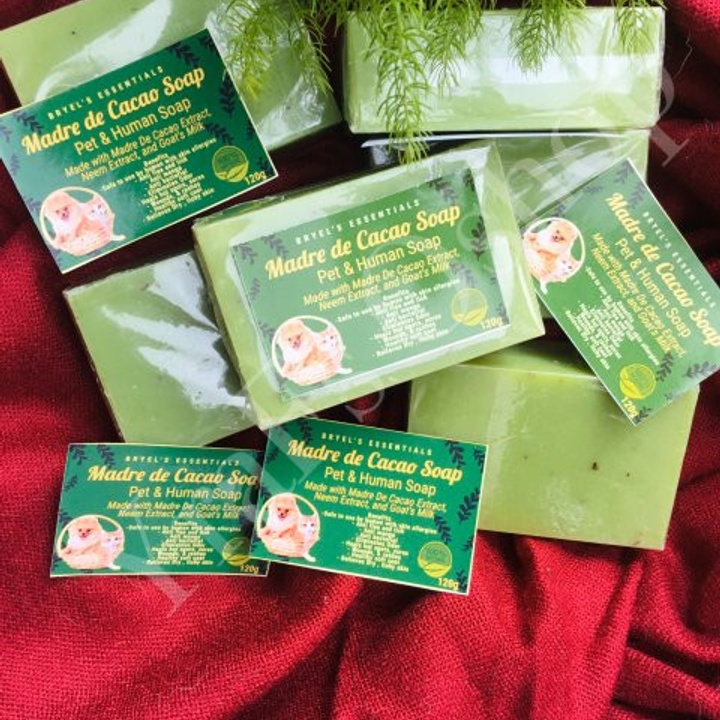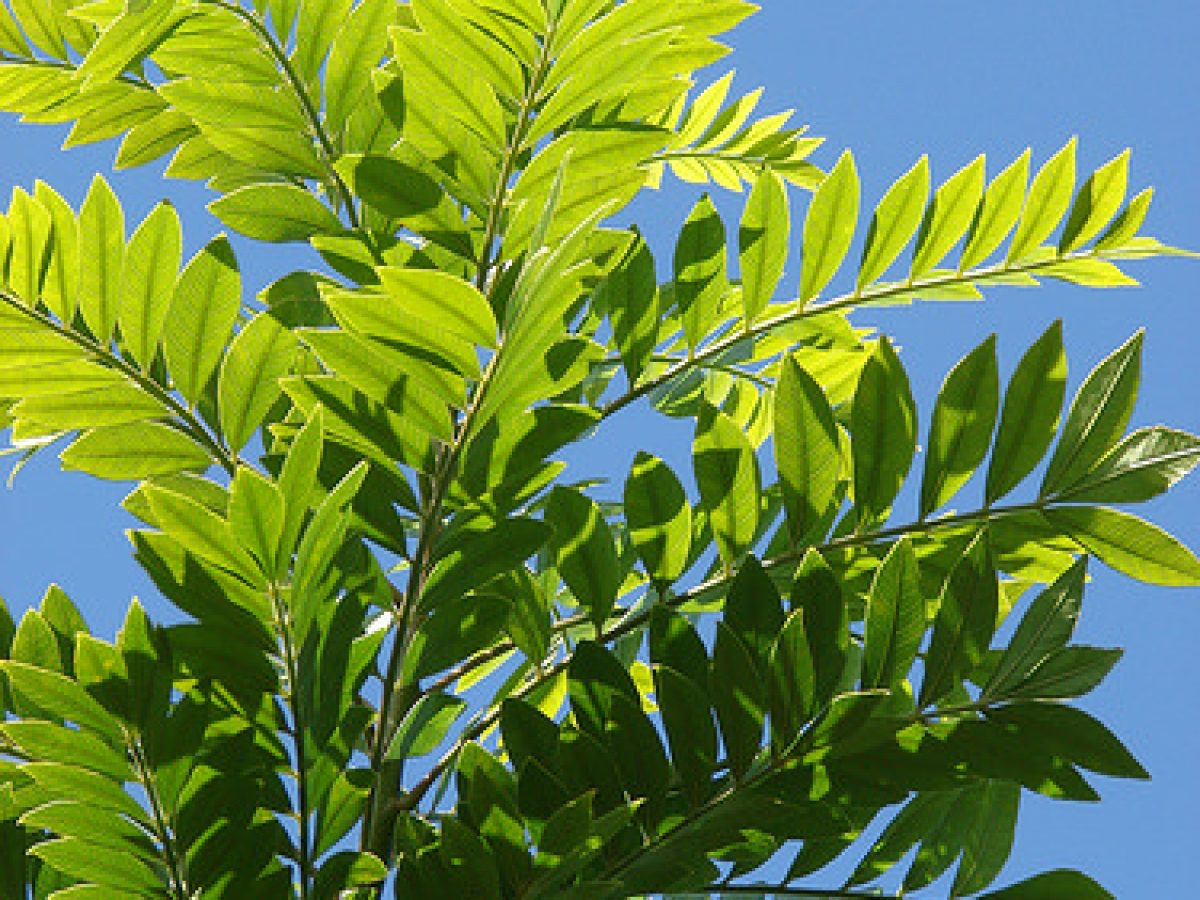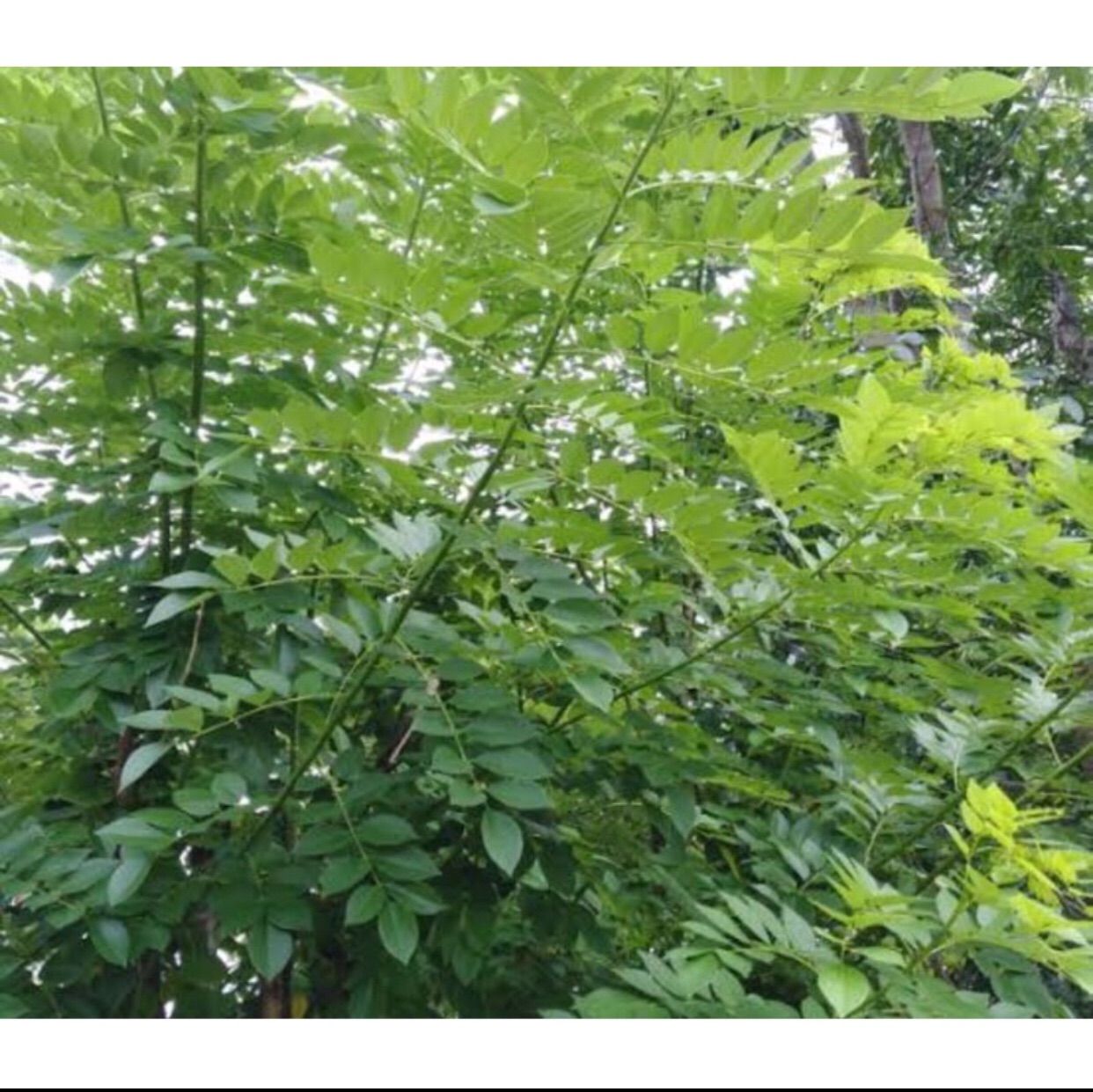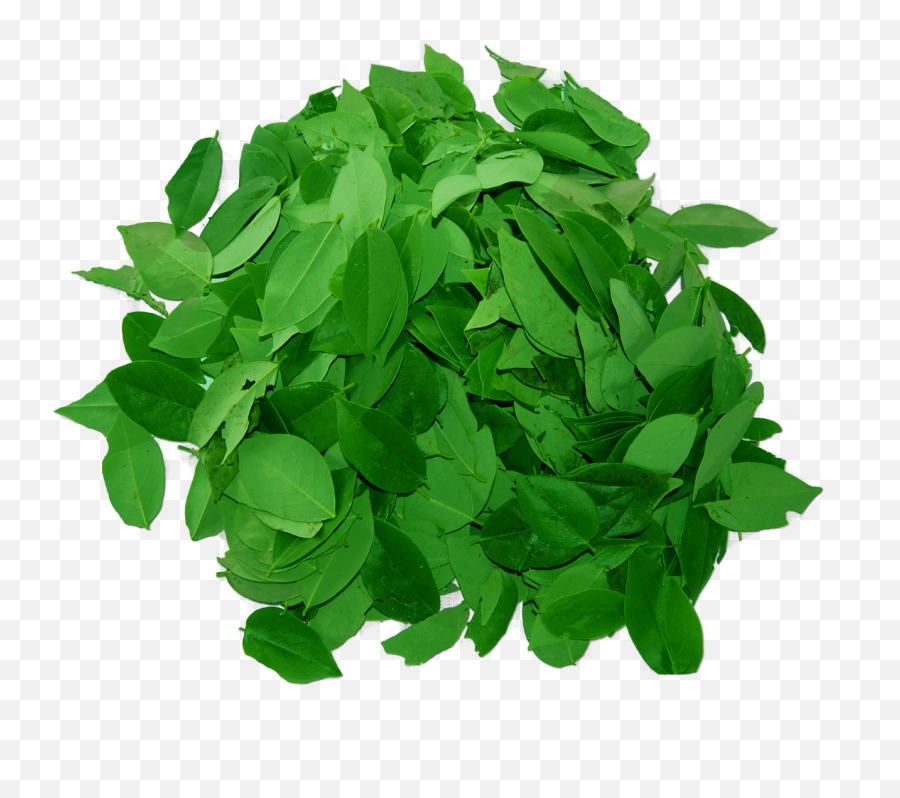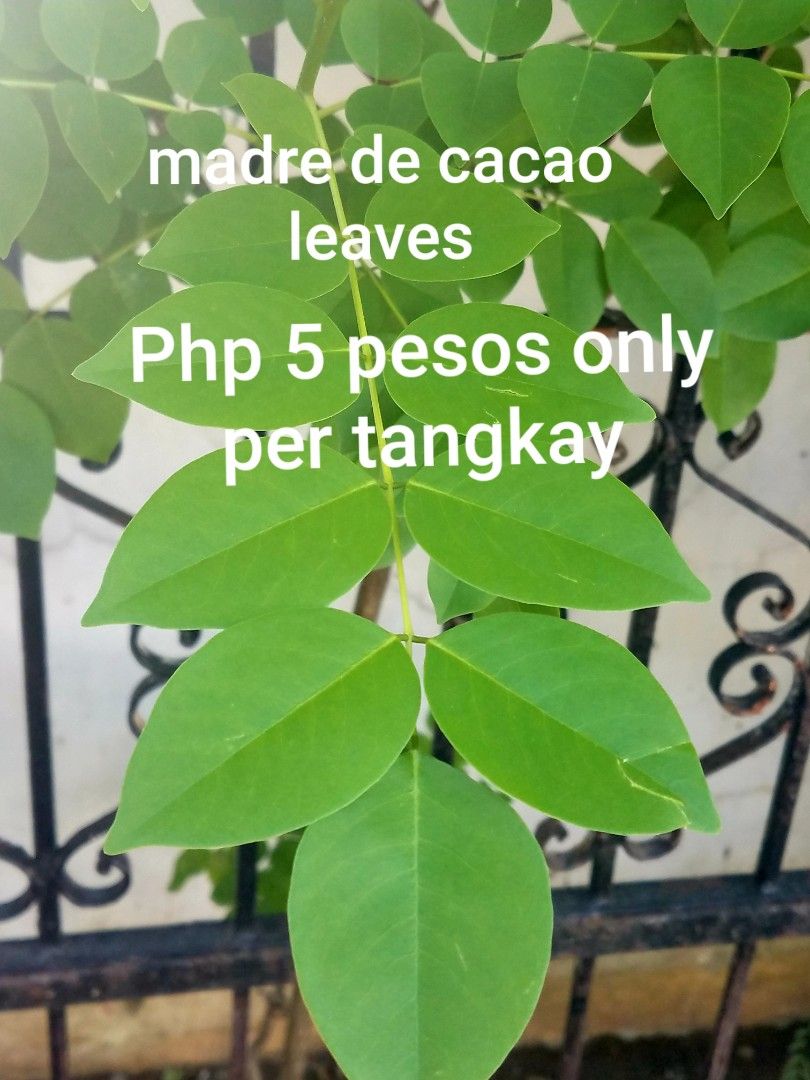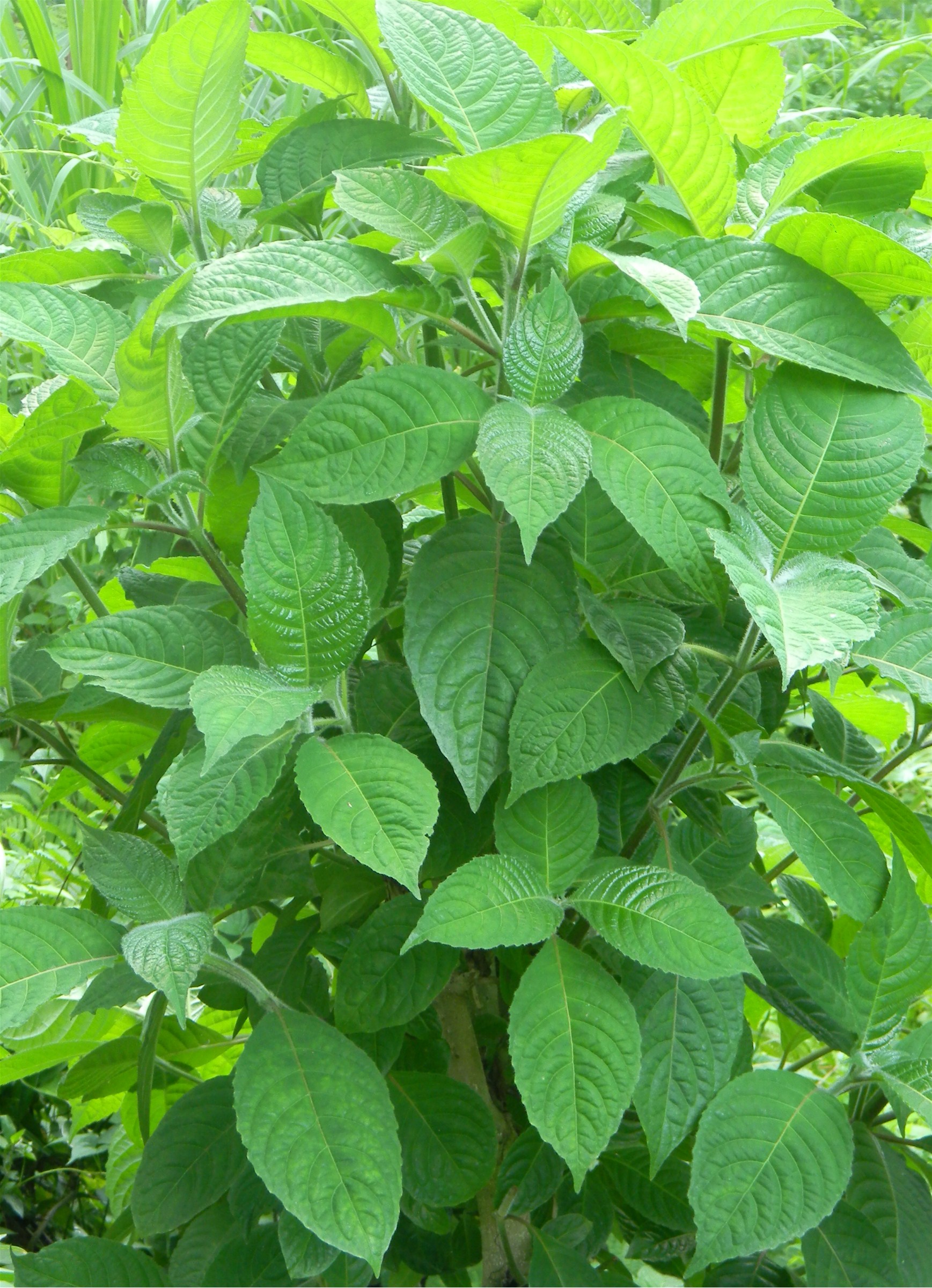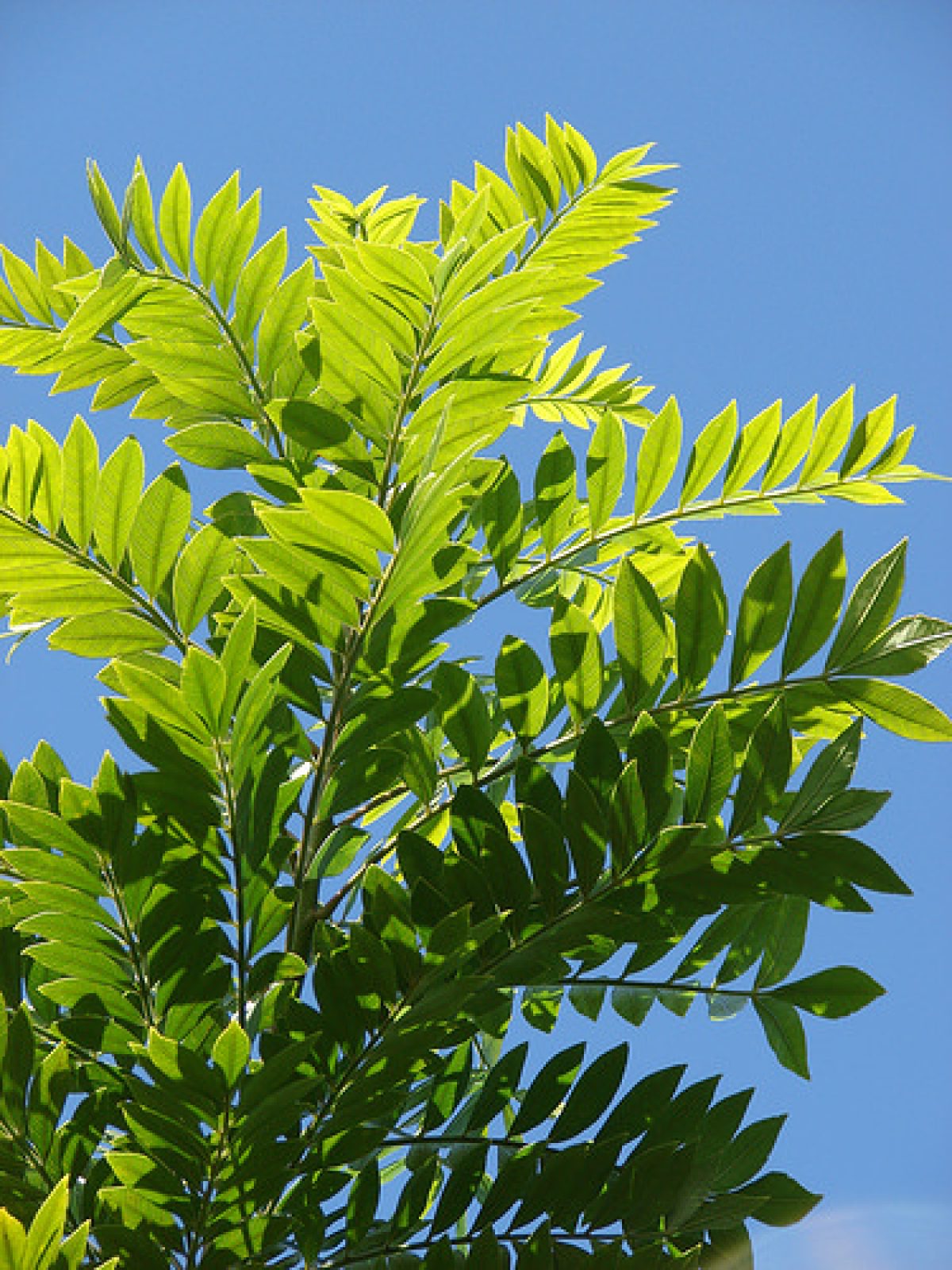Madre cacao, also known as Gliricidia sepium, is a small tree native to Central and South America. Its leaves are prized for their medicinal properties, as they have been used traditionally by indigenous communities for centuries to treat a variety of ailments.
One of the primary uses of madre cacao leaves is as a natural remedy for respiratory problems. The leaves contain compounds that have been shown to have bronchodilatory effects, meaning they can help to open up the airways and make it easier to breathe. In addition to their respiratory benefits, madre cacao leaves are also believed to have anti-inflammatory and analgesic properties, making them useful for reducing inflammation and easing pain.
In addition to their medicinal uses, madre cacao leaves are also commonly used in agriculture as a natural fertilizer. When the leaves are composted, they break down into a nutrient-rich mulch that can be used to enrich the soil and promote healthy plant growth. This makes madre cacao an important resource for small farmers and gardeners in many parts of the world.
Despite the many benefits of madre cacao leaves, it is important to note that they should be used with caution. Some people may be allergic to the compounds found in the leaves, and consuming large amounts of madre cacao can cause side effects such as dizziness, nausea, and vomiting. It is always a good idea to consult with a healthcare professional or a traditional healer before using madre cacao for medicinal purposes.
Overall, madre cacao leaves are a valuable resource with a wide range of uses, both medicinal and agricultural. Whether they are used to treat respiratory problems, reduce inflammation, or enrich the soil, madre cacao leaves are an important part of many traditional medicine systems and farming practices around the world.
